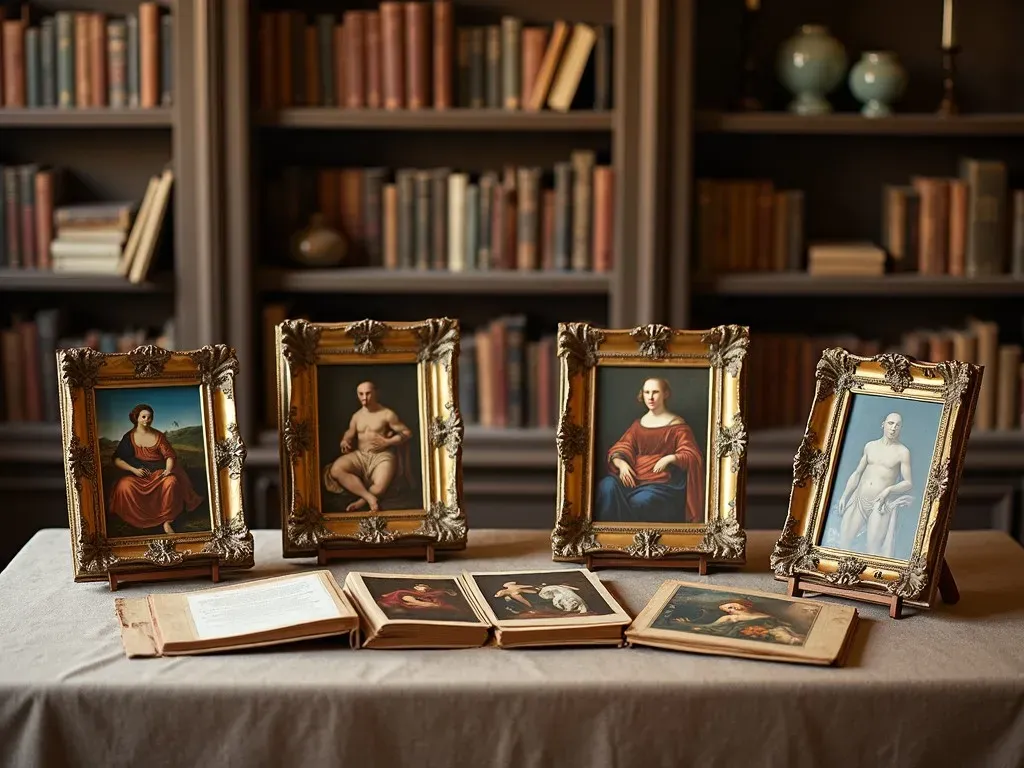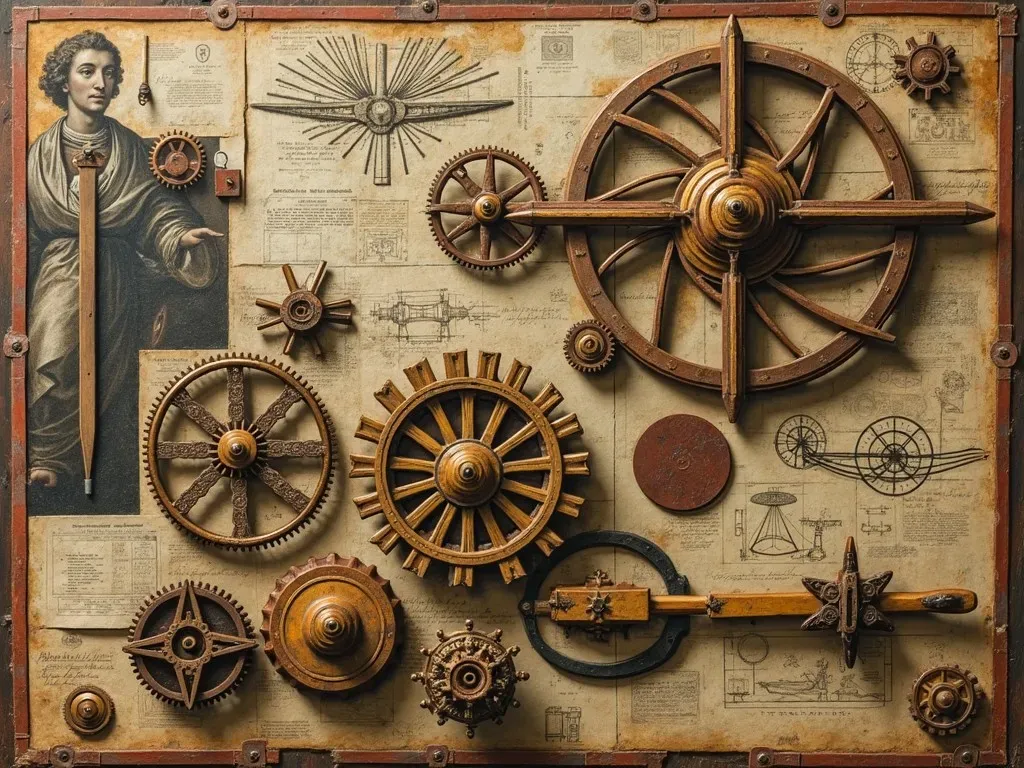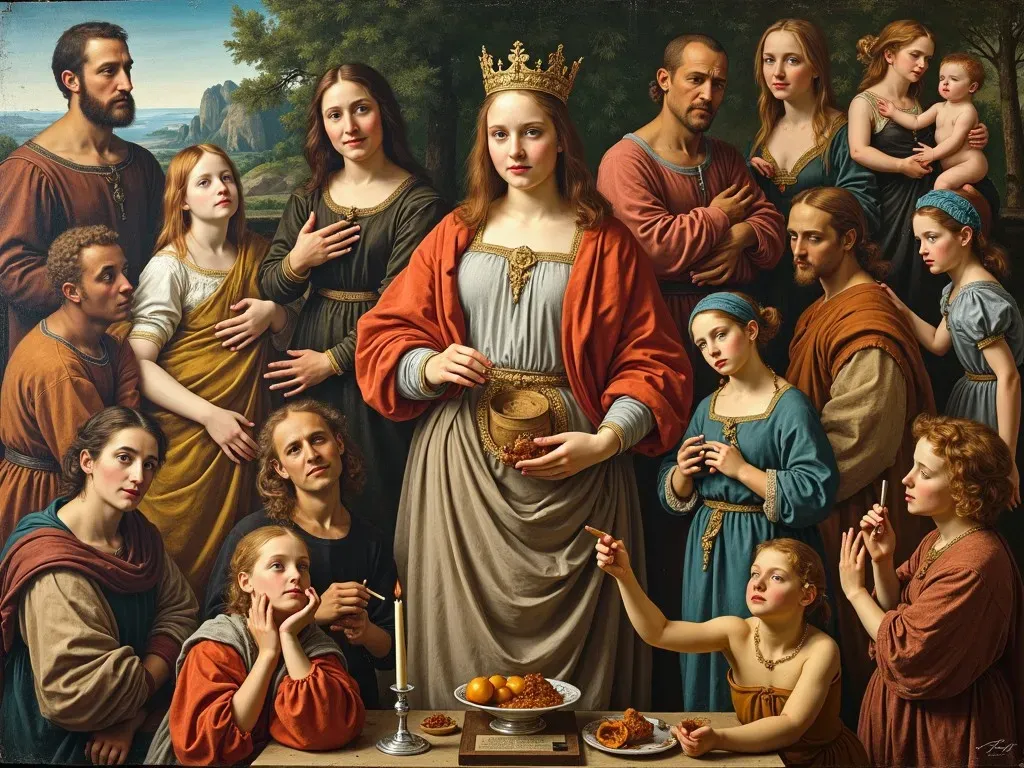The Renaissance era, spanning from the 14th to the 17th century, was a period of profound cultural, artistic, and intellectual revival in Europe. It gave birth to an array of masterpieces that continue to influence art and aesthetics to this day. Within that exceptional timeframe, numerous artists have created iconic works, with some paintings gaining unparalleled fame due to their style, thematic depth, or historical context. Here’s a comprehensive look at the 100 most famous Renaissance paintings that captivated audiences and critics alike.
The Pinnacles of Renaissance Art
The following table lists some of the 100 most famous Renaissance paintings, highlighting the artist, artwork, year created, and current location.
| Artist | Artwork | Year | Location |
|---|---|---|---|
| Leonardo da Vinci | Mona Lisa | 1503-1506 | Louvre, Paris |
| Michelangelo | The Creation of Adam | 1512 | Sistine Chapel, Vatican |
| Raphael | The School of Athens | 1509-1511 | Vatican Museums |
| Titian | Assumption of the Virgin | 1516-1518 | Basilica di Santa Maria, Venice |
| Sandro Botticelli | The Birth of Venus | 1484-1486 | Uffizi Gallery, Florence |
| Caravaggio | The Supper at Emmaus | 1601 | National Gallery, London |
| Jan van Eyck | The Arnolfini Portrait | 1434 | National Gallery, London |
| Vermeer | Girl with a Pearl Earring | 1665 | Mauritshuis, The Hague |
| Titian | Venus of Urbino | 1538 | Uffizi Gallery, Florence |
| Albrecht Dürer | Melencolia I | 1514 | Museum of Fine Arts, Budapest |

Notable Themes in Renaissance Paintings
Renaissance artworks often reflect a blend of classical themes and innovative Techniques. Here are some common themes prevalent in this period:
- Humanism: The focus on human experience and the individual experience.
- Classical Influence: Inspiration derived from Greco-Roman culture and mythology.
- Religious Context: Many masterpieces depicted Biblical stories and figures.
- Naturalism: Emphasis on realism in human figures and landscapes.
- Perspective: The introduction of linear perspective created a sense of depth.
Influential Artists
The Renaissance was home to numerous artists who became synonymous with the period’s artistic innovations. Below is a list of some of the most influential artists from the Renaissance:
- Leonardo da Vinci: Known for masterpieces like the "Mona Lisa" and "The Last Supper," Leonardo’s keen observational skills and innovative techniques made him a vital figure of the Renaissance.
- Michelangelo Buonarroti: Renowned for his sculptures like "David" and his work on the Sistine Chapel ceiling, Michelangelo’s dynamic figures and intricate details illustrate the human form’s beauty.
- Raphael: Famous for his harmonious compositions and clarity, Raphael’s "The School of Athens" is a quintessential example of Renaissance ideals, showcasing the brilliance of ancient philosophers.
- Titian: Recognized for his mastery of color, Titian’s works like "The Assumption of the Virgin" highlight his ability to evoke emotion through vibrant hues.
- Sandro Botticelli: Through works such as "The Birth of Venus," Botticelli exemplified the beauty of mythological narratives blended with exquisite human figures.
Advances in Techniques
The Renaissance was also marked by several innovative techniques that revolutionized art:
- Chiaroscuro: The use of strong contrasts between light and shadow to create a sense of volume and depth.
- Sfumato: A technique perfected by Leonardo, creating soft transitions between colors and tones.
- Linear Perspective: Introduced by Brunelleschi, this technique involves creating the illusion of depth on a flat surface by converging lines toward a vanishing point.

A Closer Look at Iconic Paintings
The Mona Lisa
- Artist: Leonardo da Vinci
- Year: 1503-1506
- Location: Louvre Museum, Paris
- The enigmatic smile of the Mona Lisa continues to captivate viewers and scholars. Da Vinci employed sfumato to give her face a lifelike quality, creating a sense of mystery around her expression.
The Last Supper
- Artist: Leonardo da Vinci
- Year: 1495-1498
- Location: Convent of Santa Maria delle Grazie, Milan
- This mural depicts the moment Jesus reveals that one of his disciples will betray him. Da Vinci’s innovative use of perspective draws the viewer’s attention to Christ at the center.
The School of Athens
- Artist: Raphael
- Year: 1509-1511
- Location: Vatican Museums
- This fresco represents the culmination of classical philosophy, showcasing iconic figures like Plato and Aristotle, thus celebrating human thought and learning.
![]()
Frequently Asked Questions (FAQ)
What defines Renaissance art?
Renaissance art is characterized by a renewed interest in classical antiquity, the use of perspective, naturalism, and themes surrounding humanism and individuality.
Which painting is considered the most famous of the Renaissance?
The Mona Lisa by Leonardo da Vinci is often deemed the most famous Renaissance painting, celebrated for its intricate detail and captivating expression.
Were there women artists during the Renaissance?
Yes, although less commonly recognized, women such as Sofonisba Anguissola and Artemisia Gentileschi made significant contributions to Renaissance art.
How did Renaissance artists influence modern art?
Renaissance artists laid the groundwork for techniques and themes that remain relevant today, influencing countless art movements and individual artists across centuries.
Where can I find more information on famous Renaissance paintings?
For more detailed exploration of famous Renaissance paintings, you can visit My Modern Met.

The Renaissance period is a treasure trove of artistic achievements, showcasing human creativity’s remarkable breadth and depth. The 100 most famous Renaissance paintings not only serve as historical landmarks but also as a testament to the enduring power of art in shaping culture and society.
